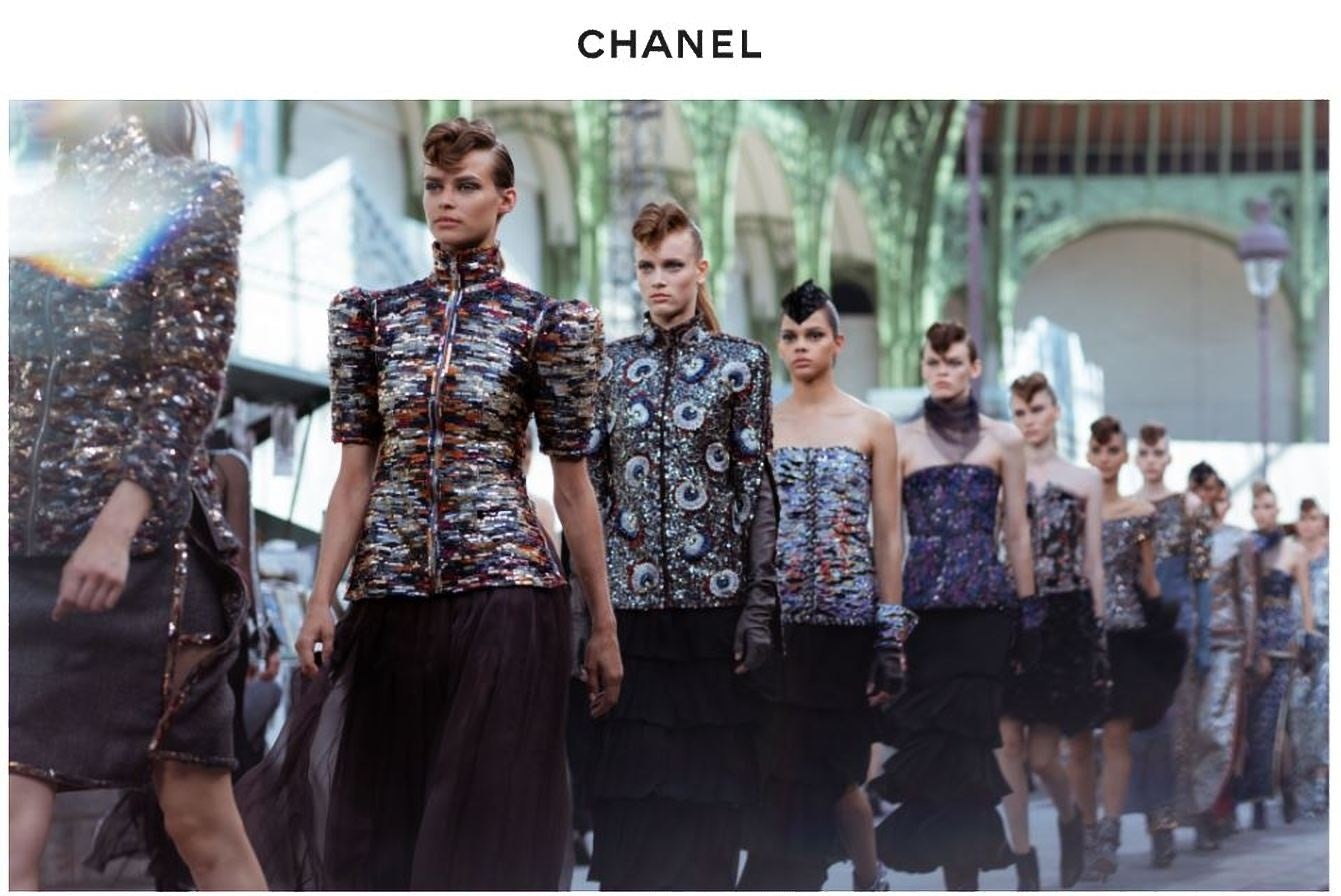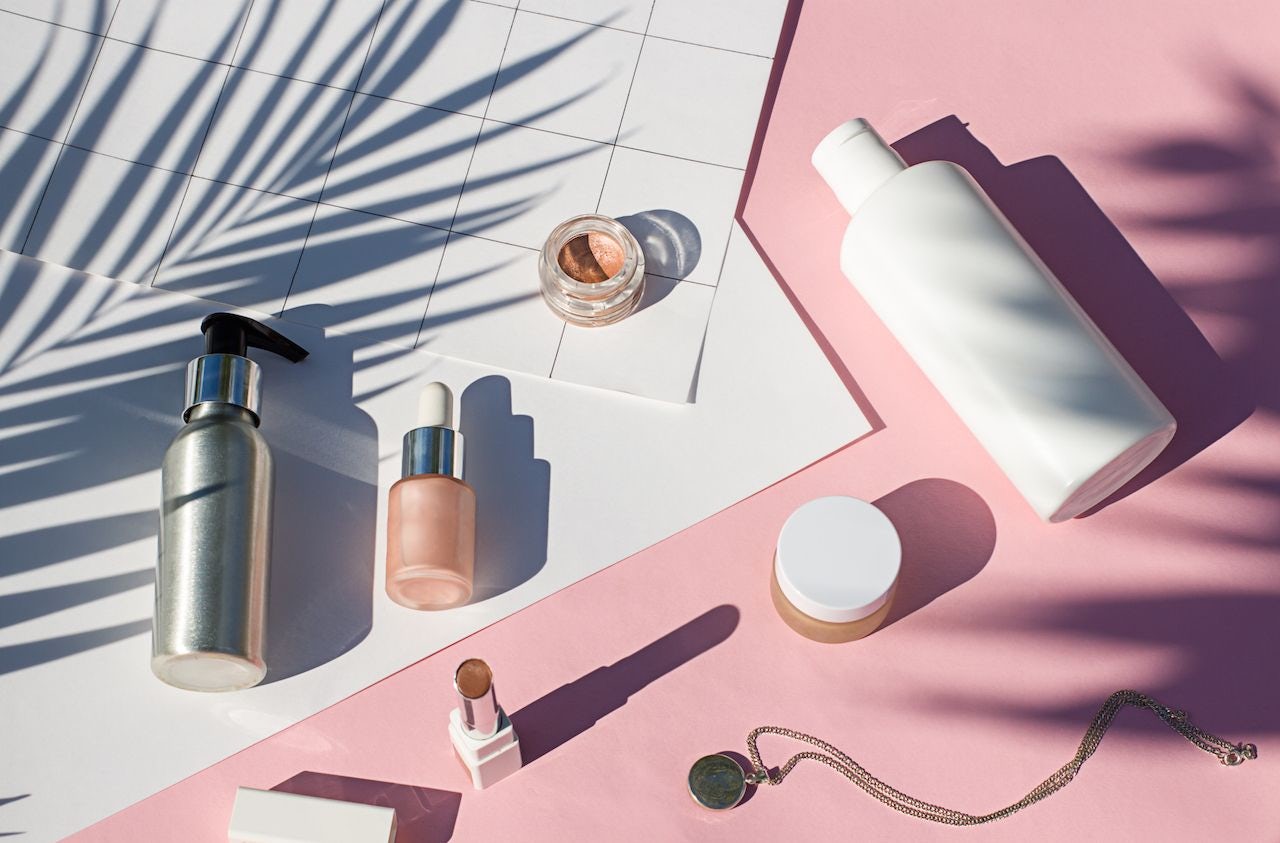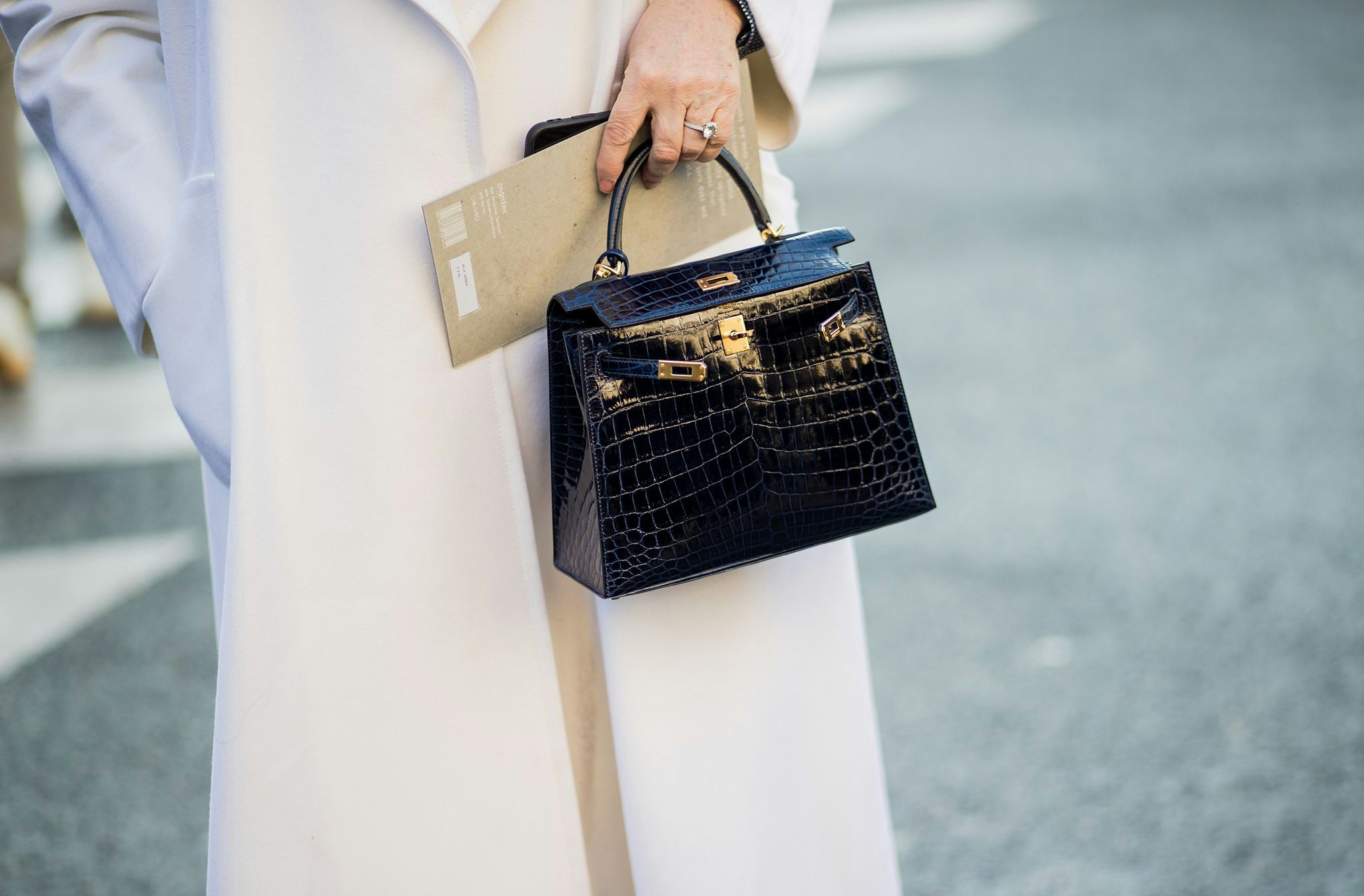Given the popularity of WeChat as a marketing channel in China, many luxury brands consider creating and maintaining a Chinese website as a lesser priority – or think it’s not required at all.
While it’s true that today a website is rarely the first point of engagement with a brand, maintaining a well-optimized official Chinese website should still be a key priority for luxury brands, if they want to continue to build awareness in the market and boost sales.
Chinese luxury buyers are thorough researchers#
Chinese buyers are among the most thorough nationalities when it comes to researching luxury products before making a purchasing decision. On average they will have 8.1 touchpoints with a brand before hitting the check-out button, with Chinese search engines often being the first go-to channel. By comparison, Japanese shoppers only require 2.6 interactions to be convinced.
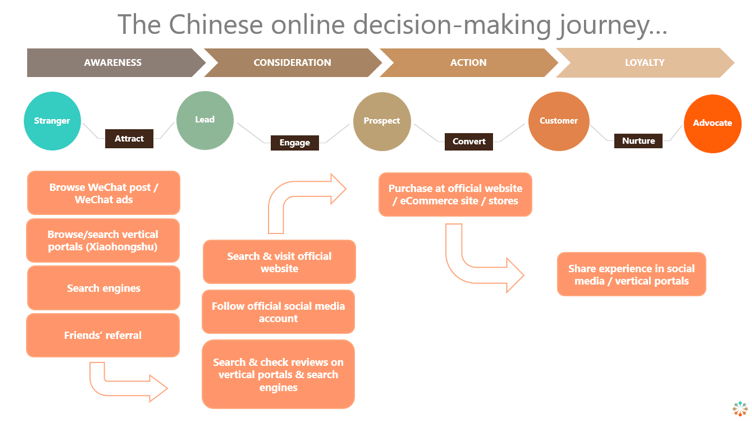
To support the Chinese audience in their buying decision, a well-optimized and localized Chinese website should be a fundamental part of any luxury brand’s multi-channel digital strategy. Not only will it help drive a steady stream of relevant organic traffic and sales, it can also play an important role in reassuring Chinese consumers about a product’s authenticity.
In fact, many international brands leverage their Chinese website to proactively combat the sale of counterfeit goods by listing all their stores and official resellers.
When creating a Chinese website, adhering to design and usability best practice will further build trust and credibility for the brand. What’s more, it will also positively affect the perceived value a luxury product offers.
Below are the top 3 tips on how luxury brands can best showcase and better engage with consumers through a Chinese website.
1. Beautiful interface design#
When marketing luxury products to Chinese digital consumers, visual appeal is everything. It is one of the best means to evoke aspirational emotions, which play a crucial part in the purchasing decision of Chinese buyers. Through visual appeal, luxury brands can create a sense of hope and desire. It also helps them tap into the self-image and personal identity of their target audience.
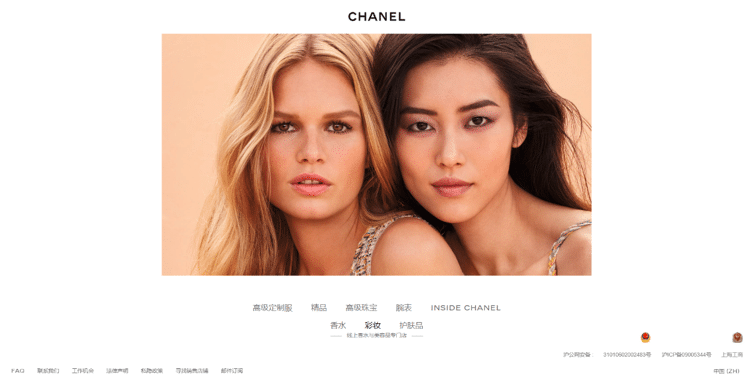
For example, Chanel leverages their official Chinese website to build a strong emotional connection with their site visitors. The simplicity of its homepage (achieved through lots of white space and simple color choice) adds to the perception of prestige. The rotating slideshow helps to tell a story and introduces consumers to their signature designs and iconic products.
This use of visual effects combined creates the halo effect: the positive emotion a website visitor feels while browsing through the pages.
2. Inspirational content#
Inspirational website content enhances a strong emotional connection to Chinese audiences. Here it is important to not only focus on the current collections, but also make some room to tell the brand’s story. The heritage of the company, the craftsmanship behind the products and the founding story of the brand are all part of what makes a luxury brand desirable to Chinese audiences.
A good example is Bvlgari. The brand continues to honor its Greek and Roman tradition not only through timeless gemstone jewelry but also through appearances of Roman statues in their otherwise modern and edgy website visuals.
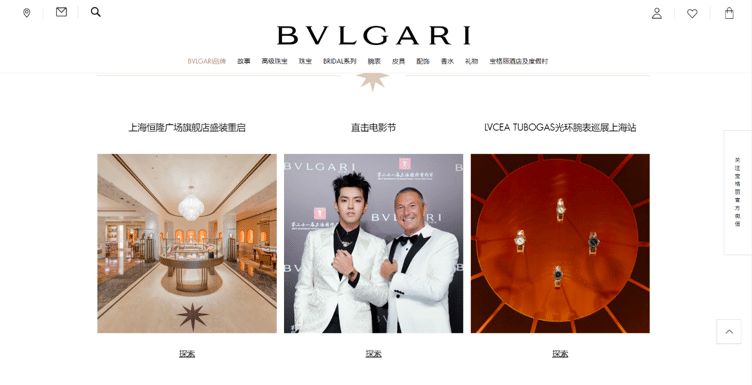
What’s more, featuring the brand’s Chinese ambassador Kris Wu prominently on their site further helps to capture the imagination of young Chinese luxury buyers and their desire to buy from brands that are aligned with their self-image.
3. User experience and functionality#
Given that 95 percent of all internet users in China are on mobile, having a mobile responsive website is fundamental. Not only will it help improve the overall user experience, but it will also work wonders with search engine optimization (SEO).
A mobile-friendly website with good navigation is more favorable to Chinese search engines. Baidu, for example, places huge importance on mobile-optimized sites and will take this into account in their ranking priorities.
Another important thing to consider is the integration of social media with website content. As mentioned, Chinese consumers tend to have multiple touch points with a brand before making a purchase and the proper integration of channels is key to offering a seamless user experience.
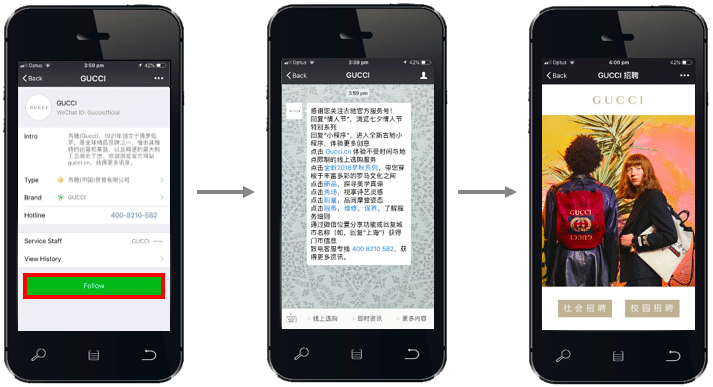
For example, WeChat’s navigation provides the perfect opportunity to interlink your social presence with your official Chinese website and redirect followers to your online store, brand story or new collection. This effortless transition between channels will further enhance positive associations with the brand by translating the promise of ease that is inherent in the luxury market into the digital realm.
Nicolas Chu is the CEO and Founder of Sinorbis, the multi-award-winning company that revolutionizes the way businesses and organizations enter the Chinese market through technology.
